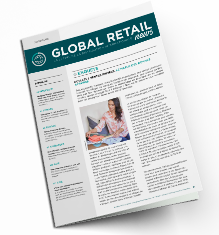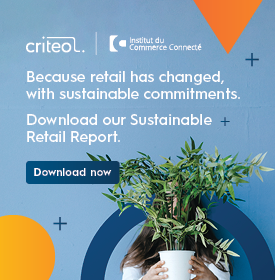“Ikea is constantly testing new solutions for more sustainable consumption”
The Swedish group IKEA does not hesitate to venture into new areas: second-hand (with a first shop in Sweden in Eskilstuna), furniture rental, local production (for its restaurants) with the aim of promoting a circular economy. Pia Heidenmark Cook, Chief Sustainability Officer at Ingka Group, discusses the latest initiatives of the world leader in home furnishing.

The Greenwich store in London has a Learning Lab that teaches repairs techniques.
With the Covid-19 crisis, sustainable development has become unavoidable. Does this imply that your business model is being called into question?
Our IKEA vision is to “create a better everyday life for the many people”. This concept is an integral part of our heritage and inspires our future. We see that consumption habits and lifestyles are changing rapidly as a result of demographics, new needs for accessibility, convenience, digitalisation and a growing awareness of social and environmental issues. To adapt to our customers, we are leading a profound transformation of the business to become truly more affordable, accessible and sustainable. IKEA has set the goal of becoming a company with a positive impact on the planet by 2030. This will require us to redesign our business in a number of areas and, in some cases, challenge the status quo. At IKEA we believe that this shift towards preserving the planet makes good business sense. It’s a new imperative that all companies must consider if they are to survive in the long term.
How do you measure the real expectations of consumers?
In addition to listening to our customer services, we carry out surveys internally and externally. Thanks to our research, we know that the climate crisis seems complex and far removed from everyday life. According to a survey we did together with GlobeScan, a global insights and strategy consultancy with 14,000 people in 14 markets in 2018, 75% of IKEA’s customers were concerned about global warming, but only 3% were able to cite concrete solutions to deal with this issue. In 2019, we surveyed 31,428 people in 30 countries. 87% of consumers surveyed are ready to take action against climate change, but 37% do not know how they can contribute as individuals.
More generally, we are attentive to customer expectations on a daily basis in our stores, particularly in our Greenwich store in London, which has a “Learning Lab” that teaches repair techniques. This listening to customers shows us that consumers do not want to waste. They want to do the right thing. And it’s hard for them to throw away.
How do you communicate about sustainability?
Consumers are asking for our help. They look to brands that offer simple solutions at affordable prices. The entire IKEA range is designed from what we call “democratic design”. Sustainability is one of our five selection criteria (the others being quality, form, function and price). All our products are developed with sustainability in mind. In our communication, we give examples to follow, we highlight the right solutions, both for the home and for the planet (“One Home-One Planet”). Our employees choose to work at IKEA because of our commitment to sustainability and inclusion. 80% of our employees believe that they actively contribute to IKEA’s commitment to consumers and the planet. And 9 out of 10 believe they make a significant contribution to this goal through their work.





